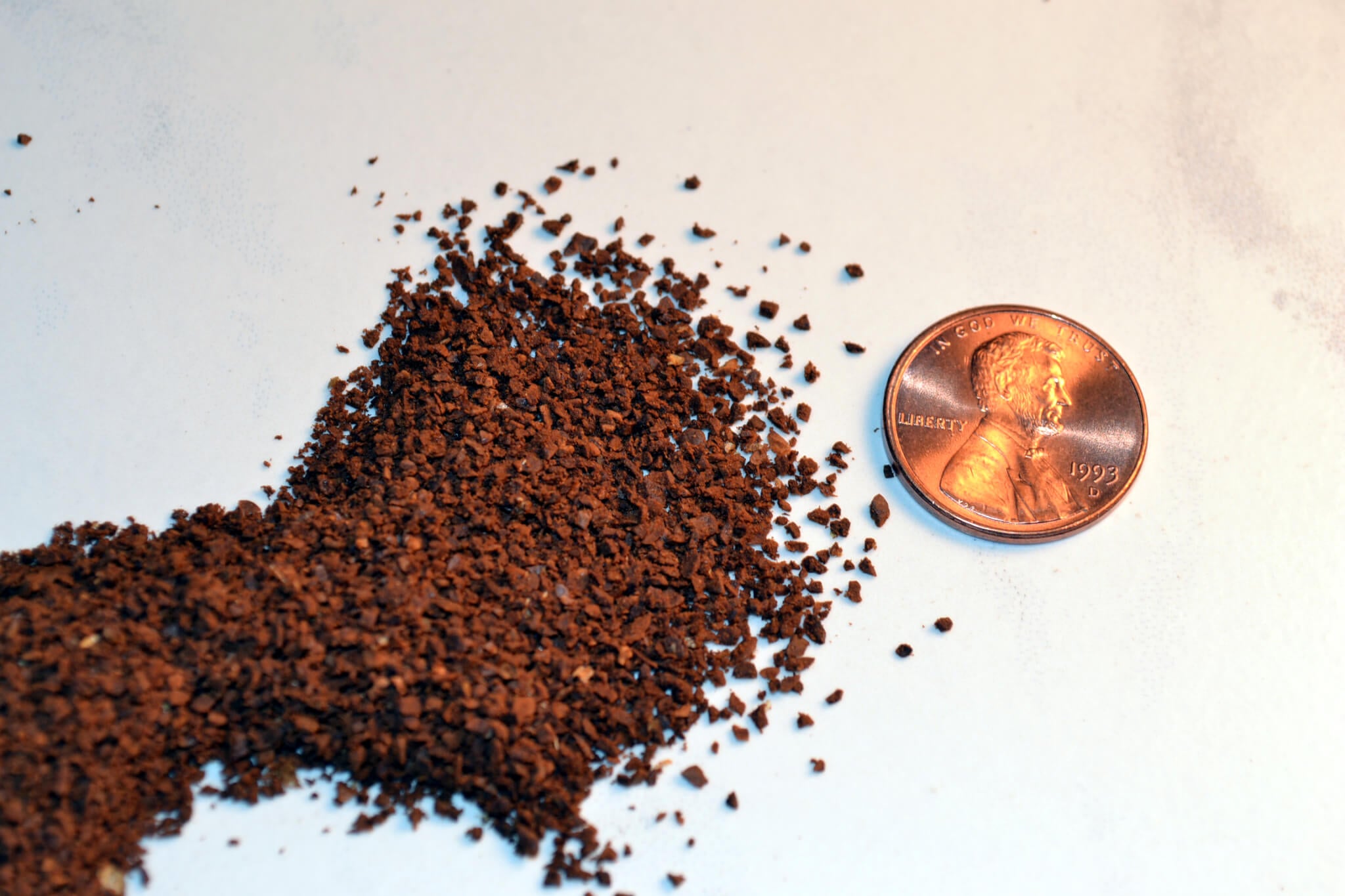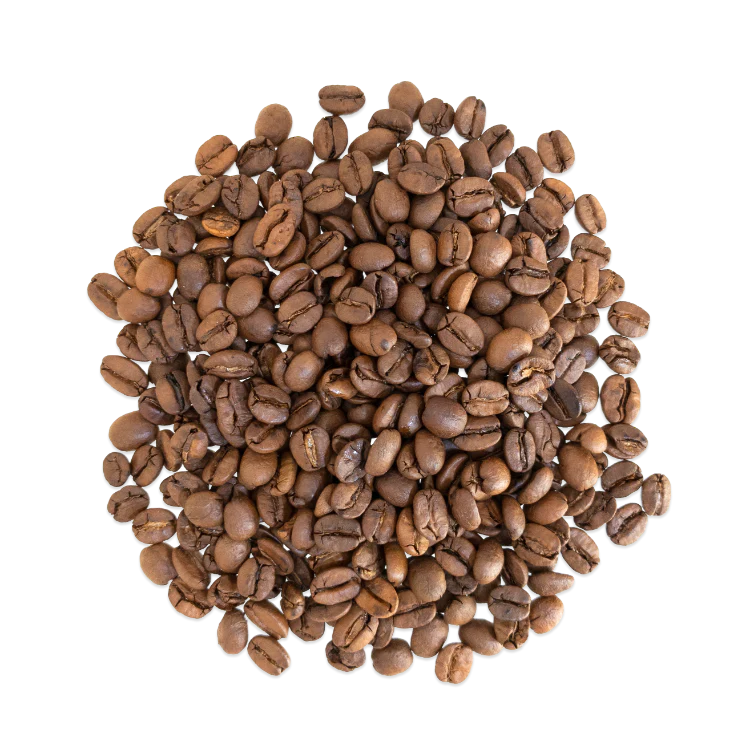Whole beans or ground?
That's one of the first things my father taught me to ask when taking an order from a customer. Its funny to see people's reactions when we ask that question. Some folks know exactly what grind they are looking for, while others are trying to remember what the inside of their coffee machine looks like. Coffee grinds are an important piece of the brewing puzzle and, like all things related to coffee, there are guidelines.
Making a good cup of coffee involves coffee extraction. Extraction is the process by which we dissolve soluble flavors from the coffee grounds in water. Put simply, how much of the coffee in the brewer ends up in the cup. The SCAA recommends 18% to 22% extraction for both brewed coffee and espresso. This means that about one-fifth of the coffee in your brewer should end up in your cup. Unless you have a refractometer, there isn't a way to measure this, which is why most of us rely on our taste buds and past experiences.
Often times if the coffee isn't up to our standards we do one of two things: adjust the amount of coffee, or adjust the grind size. Neither one is bad, but let's take a look at why grind size matters.
The size of the coffee grind plays a major role in the extraction process. Finer grinds will extract more coffee, while courser grinds will extract less. The reason is due to the overall surface area of the ground coffee. The more surface area, the more water comes into contact with the coffee, which results in more extraction. Take a look at the images below.

Imagine the coffee grinds are the size of these golf balls. There would be very minimal contact time with them because they are so large, and the water would just run straight through them.

Now imagine the coffee grinds are the size of lentils (my mother-in-law makes an amazing lentil soup). The water would have a lot more contact time with the coffee when compared to the golf balls.
Overextraction results in intensely bitter coffee, while underextracted coffee is usually sour and lacking in complexity. But let me be clear that selecting the proper grind size is a guideline and a matter of taste. What ultimately matters is if you like the way the coffee tastes, and not something you read online. Case in point, my father-in-law uses very fine coffee grinds in his coffee maker. It tastes extremely bitter to me, but he loves it!
Coffee Grinds
Let's take a close look at the actual size of traditional coffee grinds and what filters/machines they are normally used for.

French Press Grind
French Press
Cold Brew

Drip Grind
Cupcake-Shaped Paper Filter
Hario V60
Chemex

Cone Grind
Cone-Shaped Paper Filter
Stove top Espresso
Aeropress
Melita Pour Over

Fine Grind
Armenian/Middle Eastern/Greek Coffee
Regardless of what machine you use, remember that the grind size plays a major role in making a great cup of coffee. Try experimenting with different grind sizes next time you brew, and you might turn your old coffee into something new.
Cheers,
Hrag
Photo credit: Bigstock









